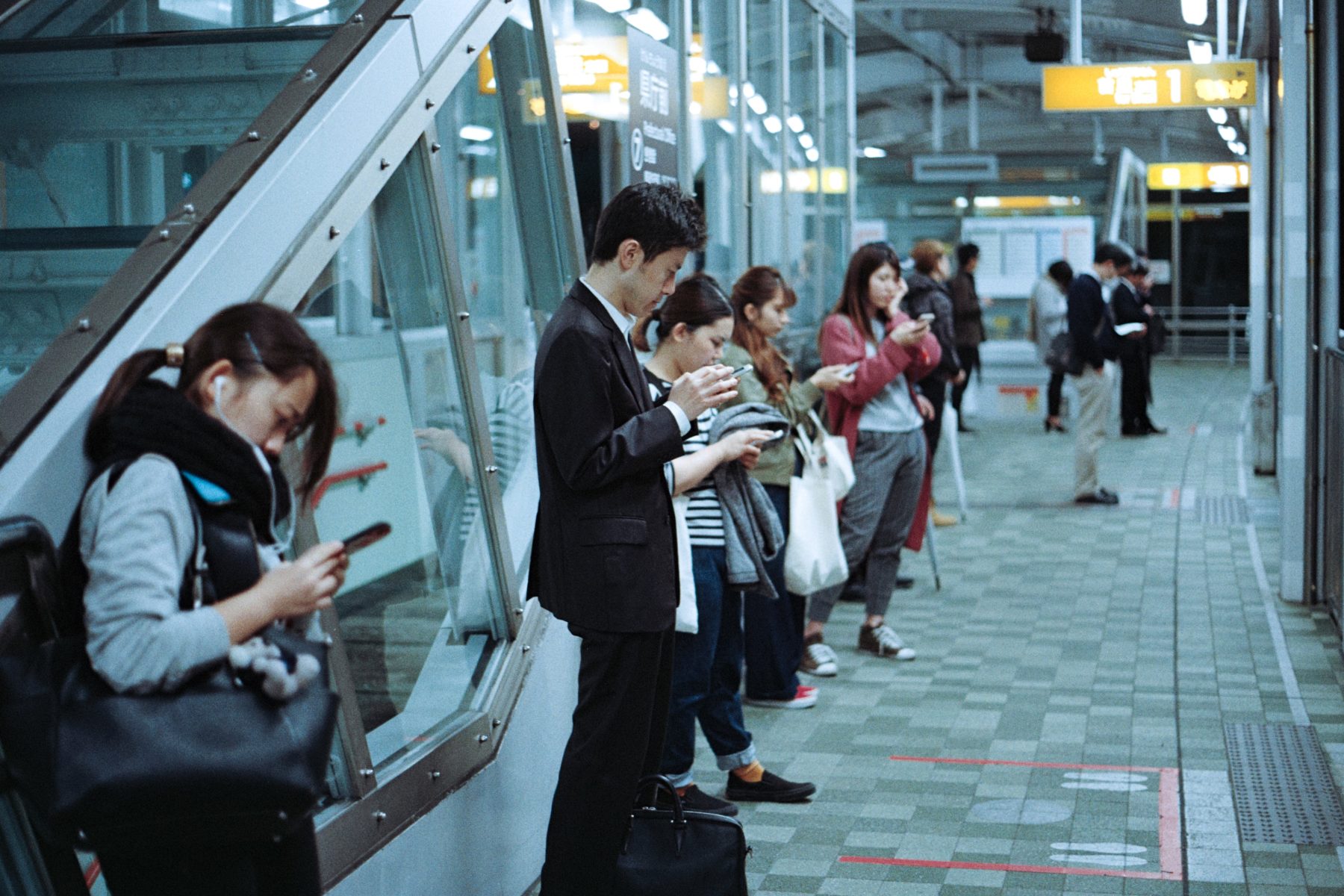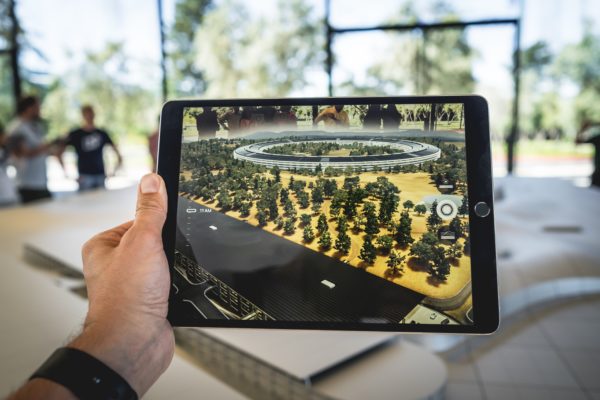“For the third year in a row, we find the changing nature of work on our Top 10 Workplace Trends list.”
SIOP – 9 January 2019
The world of work is changing.
That is hardly news, but what does it mean for the new generation of young leaders?
How do they ride the changing tides and create their own waves?
Technology has disrupted many domains and continues to play a significant role in the changing nature of work.

While the digital plain helps some businesses thrive and reach new markets far and wide, it leaves others struggling to compete with their wired counterparts who are “always polite… never show up late… never a slip-and-fall, or an age, sex or race discrimination case”.
The fear of being replaced by machines is not only felt by people who perform routine tasks, like supermarket cashiers, but also highly skilled jobs, such as financial analysts.
Even the legal aids are threatened by “robot lawyers”. As AI, VR and automation become part of our daily vernacular, the once latent sentiment towards technology starts to emerge in the forefront of our minds.
It screams for leadership that can help us navigate through the turbulence.
“The playbook of the past decades has limited utility.”
Penny Wong, Q&A (8th July 2019)
Although senator Wong’s remark was made in reference to managing Australia-US and Sino-Australia relationships, it is equally relevant for young leaders in the world of work today.
Where do young Jedi find the way without Yoda?
The force.
The Second Law of Thermodynamics
The Second Law of Thermodynamics says that processes that involve the transfer or conversion of heat energy are irreversible.

As the entropy of digitisation rises, the second law of thermodynamics dictates that we cannot reverse the process. Denying the disorders and challenges caused by the digital disruption is like wishing a broken egg to be whole again.
Accepting the challenge, the call to adventure, is the first positive step in the hero’s journey.
The courage and ambition feed the system with new energy.
Young leaders can devote this energy, in the form of time and effort, into re-organising the chaos generated by the digital disruption. We might lose some egg white along the way, but having a small omelette is arguably a better outcome than sobbing over an unborn chick.
The ability to make sense and take advantage of the new reality is an essential characteristic of successful leadership. Uniting people to look beyond the immediate problems, towards a new vision in the time of crisis, instils trust and confidence.
After all, leadership is redundant if all the cogs are happily churning in the wheel.
Technology Giveth and Technology Taketh Away
Technology gives us Facebook, Twitter, Instagram; technology takes away non-vicarious life.
Technology gives us Amazon, Netflix, Alibaba; technology takes away tangible human interactions.
Technology gives us SpaceX, Mars Curiosity, Large Hadron Collider; technology takes away codifiable jobs and industries.

Skills in demand are shifting towards non-routine cognitive skills, social-behavioural skills, creativity and digital savviness.
With the rise of the gig economy, short-term engagement brings agility and flexibility to organisations and the marketplace. It contests the relevance of permanent employment.
Talents with multi-disciplinary knowledge and skills are pursued by businesses that need creative solutions and innovation.
Seeing the changing tides prepares young leaders for the trials and tribulations in their paths.
If routine tasks are inevitably being automated, how do people diversify their skills when they are just surviving to make ends meet?
If permanent employment is all but history, where do people find the sense of security that allows them to flourish?
If innovation and creativity are the key to the future, what do we need to put in place today to ensure the future is a place where we want to be?
Leadership is not having all the answers.
It is pooling the right people together, asking the right questions, and motivating everyone to play a part in a solution that benefits the most in the long run.
The Tension between Uncertainty and Opportunity
The research project, Jobs of the Future, by Ford Australia, in partnership with Deakin University and Griffith University, reported 100 jobs of the future that we have never heard of, such as Cyborg Psychologist, Fusionist and Data Waste Recycler.

Beyond the fascinating titles, ambiguity encroaches in silence. What would a fusionist do? How do you become a cyborg psychologist? What kind of KPIs do you have to meet as a data waste recycler?
Mercer Talent Trends 2019 reported, despite the value of job redesign, 65% of employees still want clearly defined jobs. Role ambiguity has long been recognised as one of the main stressors for employee wellbeing and satisfaction.
Appreciating individuality, recognising the spectrum of needs, learning how to provide clarity to others in times of uncertainty, and showing support for those who work better with structure and security will be the exemplification of great leadership.

The real tension in leadership is showing humanity.
There is no formula for wisdom, there is no algorithm for empathy.
The human values are the guide sticks for young leaders on a treacherous path, or the surfboard that keeps us upright on the changing tides.
When young leaders can not only take advantage of the opportunity digital culture brings, but also manage the inherent issues and challenges, we will see some real waves.



